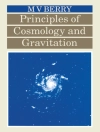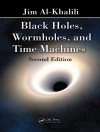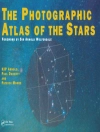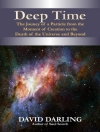It is a pleasure and an honor to offer a few words of forward to Brian Warner’s guide to photometry. In his preface, he makes a considerable point about amateurs and professionals, and those who dare or deign to step across the line supposedly dividing the two. Here I would like to make a few observations about the two monikers, and suggest that there is not, or at least should not be, a distinction – tween ‘amateur’ and ‘professional. ‘ In preparing these remarks I referred to W- ster’s New Collegiate Dictionary (1960 edition; not so new anymore, but that was when my collegiate experience began): am´a·teur, n. [F. , fr. L. amator lover, fr. amare to love. ] 1. One who cultivates a particular pursuit, study, or science, from taste, without pursuing it professionally; also, a dabbler. 2. In sports and esp. athletics, one who is not rated as a professional. Well. . . a ‘dabbler’ eh? ‘not rated as a professional’? No wonder we have an identity problem here. Somehow in my youth as an amateur astronomer I missed this connotation of the term. To me, the meaning of the term amateur was do- nated by its root, ‘to love, ‘ that is, one who does what he does out of love of the subject, not for remuneration (to the extent one can get away with that).
Зміст
Getting Started.- Targets of Opportunity.- Photometry Fundamentals.- The Photometry Primer.- Photometric Reductions.- Second Order Extinction.- Telescopes and Cameras.- Imaging and Photometry Software.- Collecting Photons.- Analyzing the Data.- Period Analysis.- Building Star Systems.- Publishing Your Data and Results.
Про автора
Brian Warner has been an astronomer for 40 years. He ran the Minor Planet Observer for ten years, and has contributed more than 60 papers to the Minor Planet Bulletin, along with regular articles. He lives in Colorado, USA.












